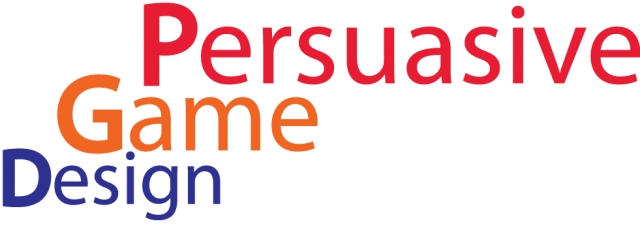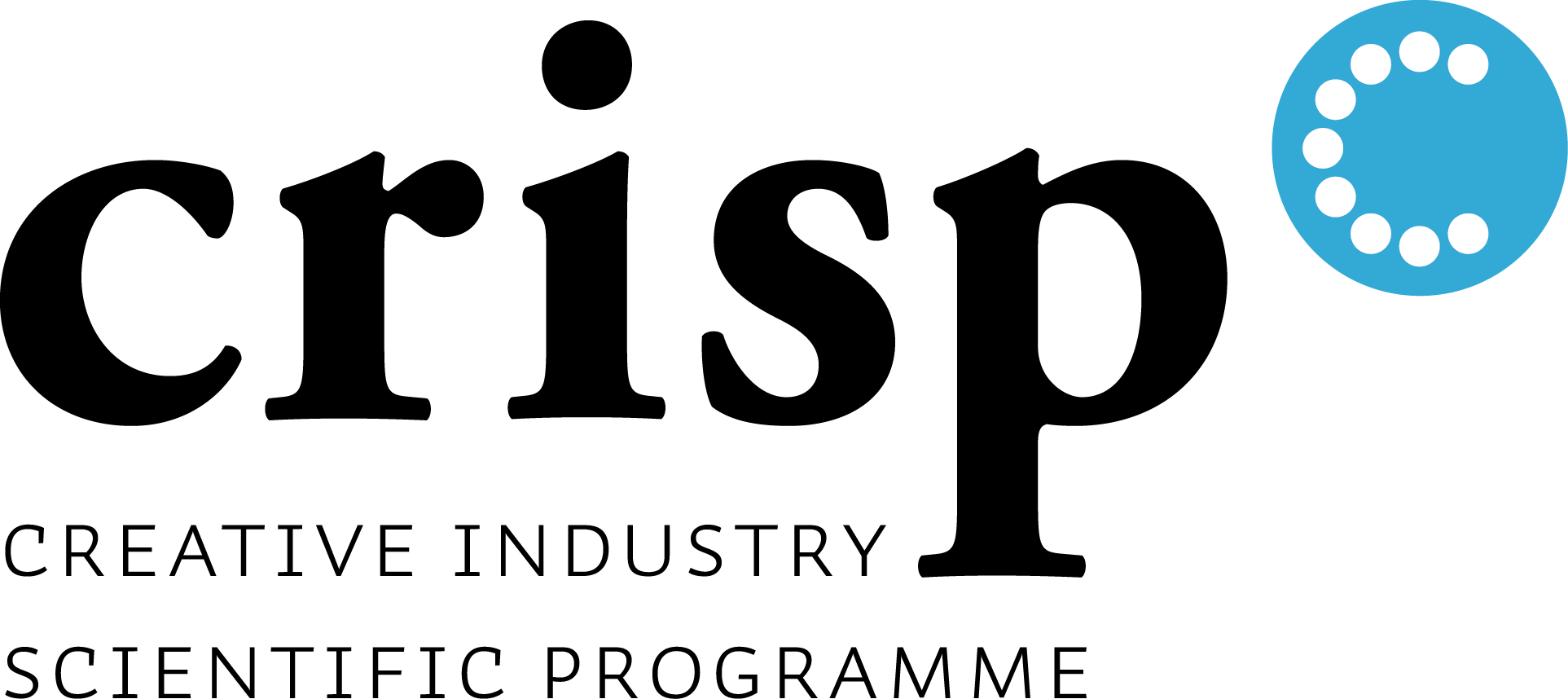My main research interest are smart environments. It is not restricted to or defined by technology as an environment is smart if is experienced as one. Therefore, we use the knowledge about human perception and behavior on all levels and implement it in the environment. We translate insights from human experience, perception and cognition into tools which can understand, helps and anticipate the behavior of people in this environment. As a consequence, the environment can also steer the behavior and this is where my work overlaps with persuasive design.
At the moment, I’m involved with a project for the Prinses Máxima Centrum were we are going to investigate the role of the environment on healing of the patients. In the “healing environment”, persuasion can play an important role. It also brings up an issue of privacy and whether (or to what extent) we are ethically allowed to use it on patients. How and when we should make them aware of the persuasive character of the environment? A well designed game-like experience usually make the user forget about it after a while. In some cases, a designed experience might be very difficult to detangle from the real world, but whether it is desirable is another question.
Nowadays, game elements are one of the ways to induce behavioral change. In my work, I want to understand what really is happening then, how it changes human behavior and for how long it can be sustained. These are fundamental but also very new questions; what are the consequences of implementing games? I come from a psychological background, but I think that a theory needs to be implemented and tested to be fully understood and later on refined. This is also my role in CRISP’s program G-Motiv.
text by Malgorzata Pawlak



